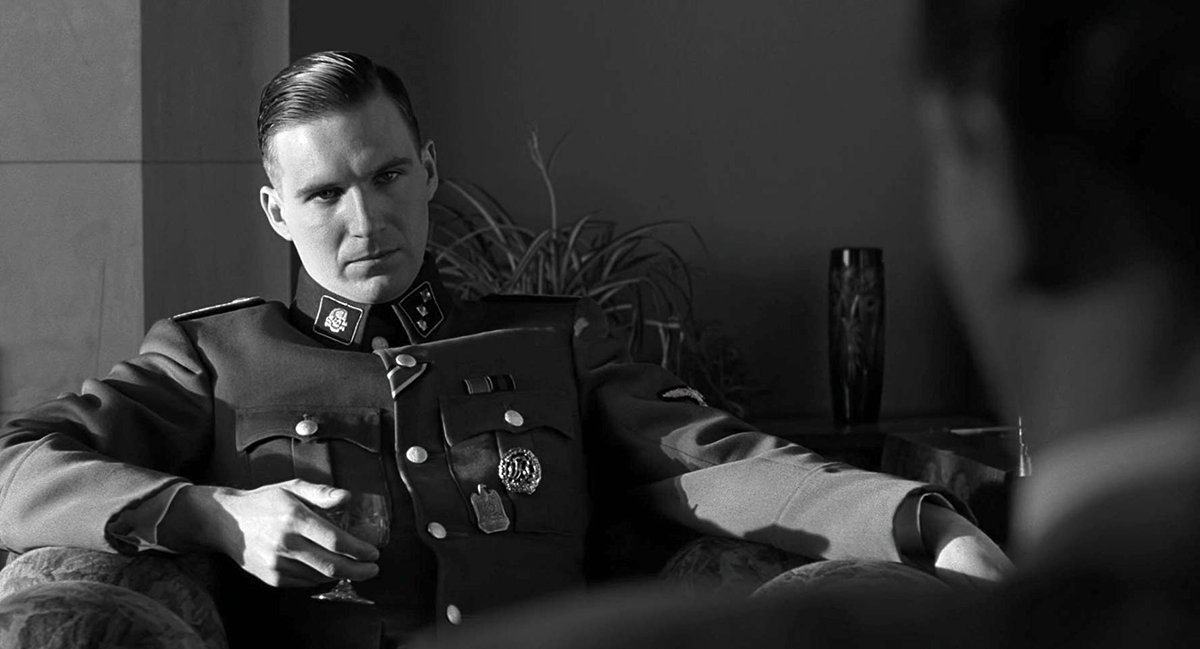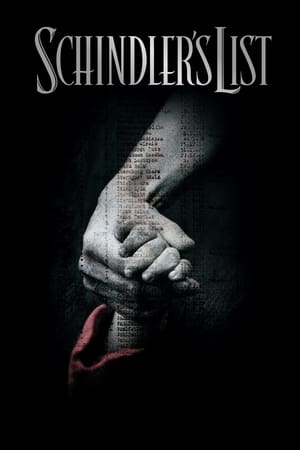Schindler’s List: Spielberg’s Masterpiece of War and Heroism
In the realm of blockbuster filmmaking, Steven Spielberg has long held the reputation as one of the greats. Known for his ability to captivate audiences with thrilling adventures and heartwarming tales, Spielberg’s talents extend beyond the realm of popcorn entertainment. In films like Saving Private Ryan and Minority Report, he showcases his prowess for adult storytelling with powerful examinations of war and the human experience. However, it is with his sweeping wartime epic, Schindler’s List, that Spielberg reaches the pinnacle of his craft, seamlessly blending his revolutionary filmmaking techniques with a tender and heartbreaking analysis of war and its consequences.
The Heartbreaking Tale of Oskar Schindler
Schindler’s List tells the remarkable true story of Oskar Schindler, a German industrialist and member of the Nazi party during World War II. As the director general of a large enamelware factory in occupied Poland, Schindler witnesses the horrifying persecution of Jews in neighboring towns. Stricken with a crisis of conscience, he resolves to save as many lives as possible by employing Jewish workers in his factory. Spielberg skillfully navigates this solemn and weighty narrative, placing the characters at the forefront and posing difficult questions to the audience.
What sets Schindler’s List apart from other films attempting to tackle the tragedies of war is its ability to captivate and grip the audience from beginning to end. Despite its 3-hour runtime, the film never loses momentum, utilizing every second to extract powerful emotions and maintain a compelling narrative. Spielberg’s expertly layered writing keeps the audience engaged, even in scenes primarily consisting of conversations and discussions between characters.
Emotionally Stirring Performances
A film of this magnitude requires performances that match its weight, and Schindler’s List delivers in full. Liam Neeson shines as Oskar Schindler, expertly portraying the complexities of his character’s transformation. From his initial selfishness and arrogance to his eventual realization of the profound impact of his actions, Neeson’s performance is nothing short of remarkable. Equally impressive is Ralph Fiennes as Nazi Commandant Amon Göth, whose portrayal of vicious nationalism and brutality serves as a stark reminder of the darkness within humanity.
Stylistic Choices that Enhance the Narrative
Beyond its compelling storytelling and remarkable performances, Schindler’s List stands out for its stylistic choices in cinematography and direction. Shot almost entirely in beautiful monochrome, the film transports viewers to the past and lends an authentic and grounded feel to the story. The crisp and striking images, coupled with Spielberg’s masterful construction of memorable set pieces, mesmerize the audience. In particular, the haunting depiction of the Nazi’s liquidation of a Jewish ghetto in Krakow leaves an indelible mark on viewers, showcasing Spielberg’s ability to elicit an emotional response.
The Pursuit of Authenticity
Spielberg’s commitment to authenticity is evident throughout Schindler’s List. He fearlessly portrays the gruesome atrocities of war, presenting the German army’s crimes in a shockingly violent and disturbing manner. While these scenes may be difficult to watch, they heighten the emotional stakes and forge a deep connection between the audience and the story. A single viewing of Schindler’s List is enough to forever alter one’s perspective of the world, making it not only Spielberg’s most powerful work but also his most important.
Conclusion
With Schindler’s List, Steven Spielberg demonstrates his ability to transcend the boundaries of blockbuster filmmaking and deliver a profound and impactful narrative. Through his impeccable storytelling, emotionally stirring performances, and stylistic choices, Spielberg creates an unforgettable experience that forces audiences to confront the horrors of war and the power of humanity. Schindler’s List is a testament to the enduring strength of the human spirit and a reminder of the indelible mark that cinema can leave on our collective consciousness.
Frequently Asked Questions
1. Is Schindler’s List a true story?
Yes, Schindler’s List is based on the true story of Oskar Schindler, a German industrialist who saved over a thousand Jewish lives during the Holocaust.
2. How long is Schindler’s List?
Schindler’s List has a runtime of approximately 3 hours.
3. How did Schindler’s List impact society?
Schindler’s List had a profound impact on society, raising awareness about the Holocaust and reminding us of the atrocities committed during World War II. It also served as a call to action against discrimination and prejudice.
4. Has Schindler’s List won any awards?
Yes, Schindler’s List received critical acclaim and won numerous awards, including seven Academy Awards, including Best Picture and Best Director for Steven Spielberg.
5. Can I watch Schindler’s List online?
Schindler’s List is available to watch on digital platforms, on demand, and on DVD and Blu-Ray.


